20+ Sample Project Manager Proposal
-
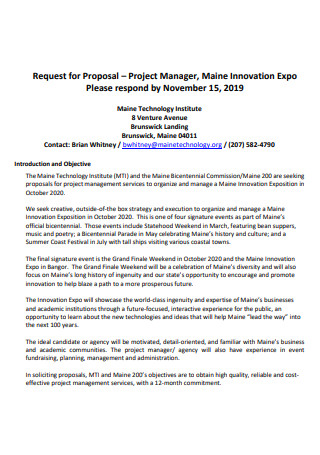
Project Manager Proposal Template
download now -
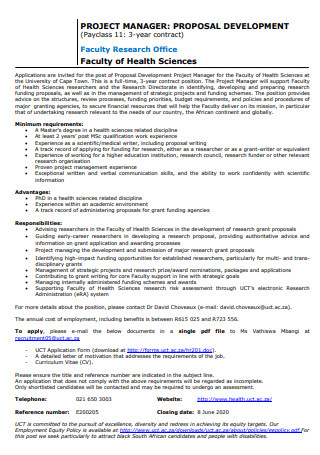
Project Manager Proposal Development
download now -
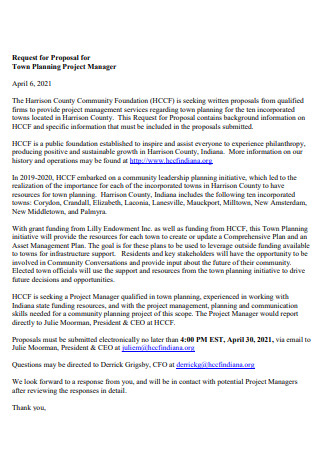
Planning Project Manager Proposal
download now -
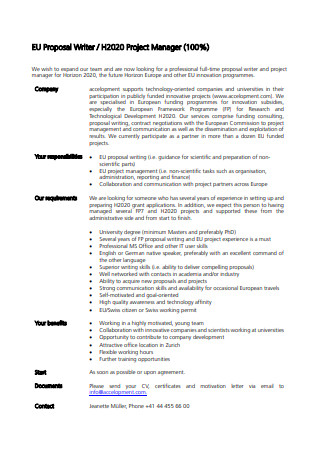
Project Manager Proposal in PDF
download now -
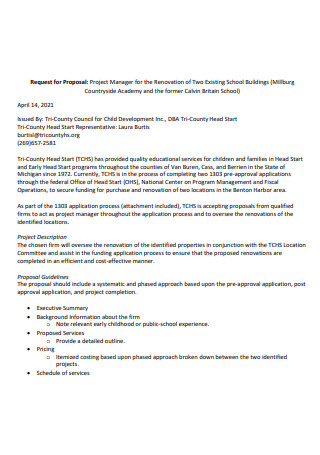
Renovation Project Manager Proposal
download now -
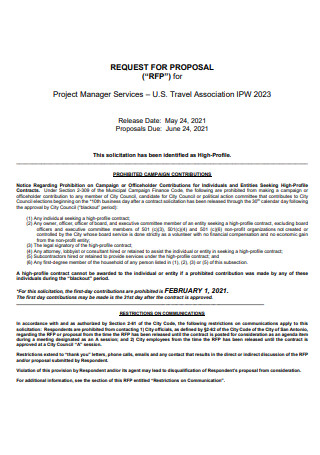
Project Manager Services Proposal
download now -
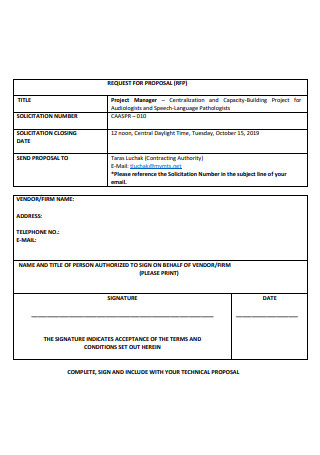
Formal Project Manager Proposal
download now -
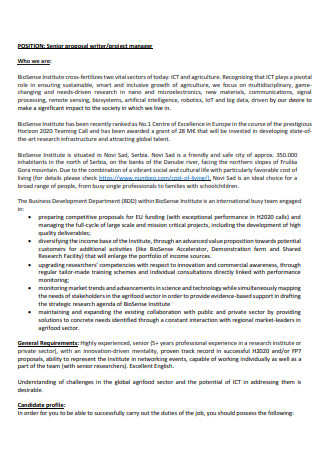
Project Manager Senior Proposal
download now -
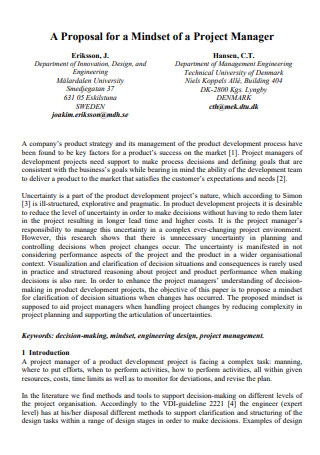
Project Manager Proposal Example
download now -
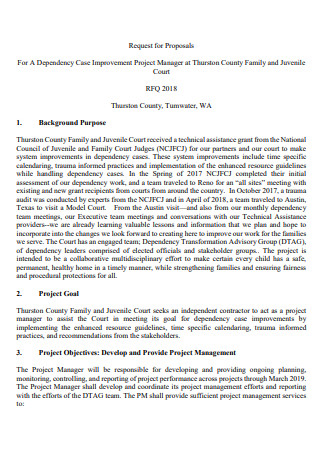
Improvement Project Manager Proposal
download now -
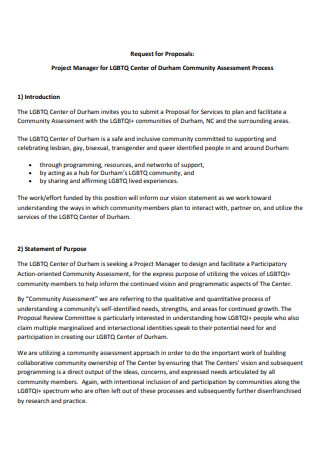
Community Project Manager Proposal
download now -
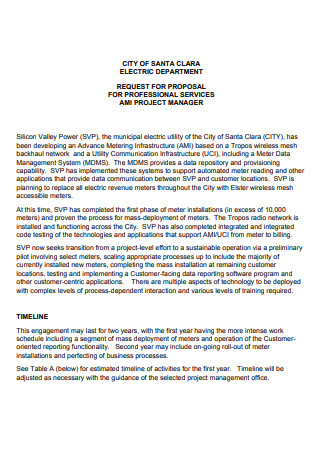
Professional Services Project Manager Proposal
download now -
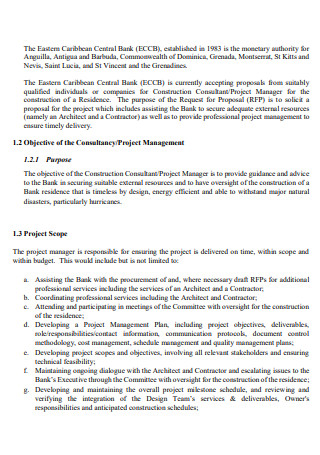
Construction Consultant Project Manager Proposal
download now -
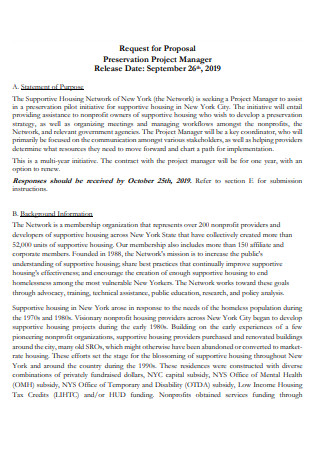
Preservation Project Manager Proposal
download now -

Standard Project Manager Proposal
download now -
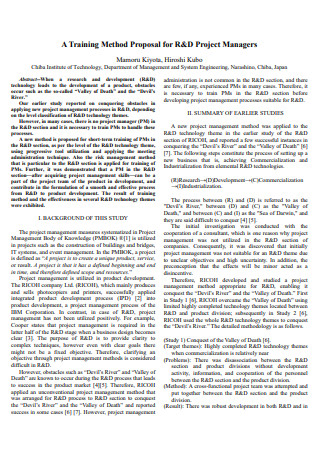
R&D Project Managers Proposal
download now -

Basic Project Manager Proposal
download now -

Printable Project Manager Proposal
download now -
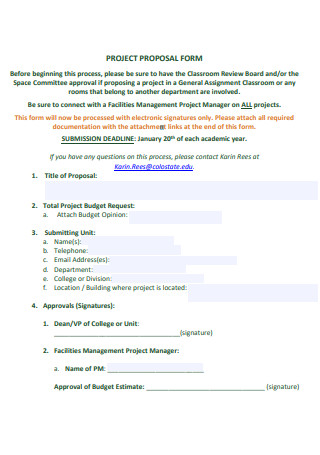
Project Manager Proposal Form
download now -
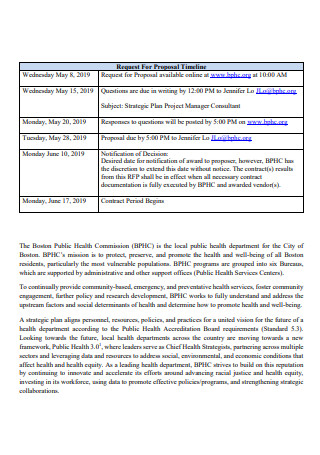
Strategic Plan Project Manager Consultant Proposal
download now -
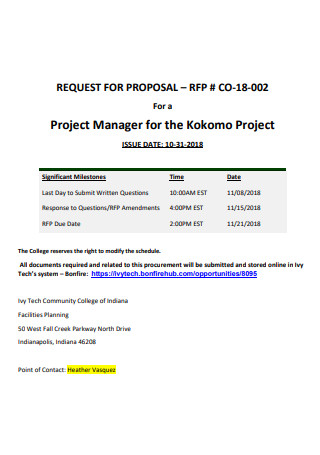
Simple Project Manager Proposal
download now
FREE Project Manager Proposal s to Download
20+ Sample Project Manager Proposal
What Is a Project Manager Proposal?
Components of a Project Manager Proposal
How to Write a Project Manager Proposal
Tips to Write a Persuasive Project Proposal
FAQs
What are the different types of project proposals?
What is the purpose of making a project manager proposal?
Is a project manager proposal a contract?
While a project management expert must not overlook the essential abilities required in the industry, compelling proposal writing skills are equally essential. This is where a project manager proposal template comes into the picture, an effective proposal will convince respective clients of your professionalism and ability to manage a project. Keep on reading through the article to know more about the importance of a project proposal as well as steps to guide you into writing a proposal.
What Is a Project Manager Proposal?
The primary value proposition of your project is outlined in a Project Proposal. Through the proposal, internal and external stakeholders can be sold on the value it provides. The proposal’s goal is to get the attention of clients and project sponsors. Stakeholders should be persuaded to approve your ideas after reading them in a well-written proposal. The next stage is to get people enthused about the idea once you have their attention. It’s critical to put yourself in the shoes of the client for who you are creating the proposal. It is an effective method in order to create a project proposal that meets their demands. Through the various project manager proposal examples provided in the article, you will be able to create your own proposal that is convincing and persuasive to clients.
Components of a Project Manager Proposal
A project manager proposal may function similar to that of other project proposals, but the components that will be elaborated further are the key components and the most necessary in establishing a project manager proposal. You can view the project management Sample Proposal as a reference to how other proposals are structured and organized. Think of it as a Project Checklist to act as a guide in the necessary parts of your project manager proposal.
How to Write a Project Manager Proposal
Now that a project manager proposal has been defined and the initial relevant components are given, it is finally time to proceed to write your own. You have to be wary of the project design or proposal template you opted to use because it helps with catching the attention of your client and conveys the kind of project you are going for. Such as a professional and minimalistic design may be perceived as neat and orderly whereas a lot of contrasting colors may be too distracting. With that being said, the main factor that a client will be going through is the content. Read on to be guided on the steps you need to take.
Step 1: Introduction
You can’t immediately start your proposal with the body or the content of the project, just as any other proposal, you would need a formal cover letter to introduce the title of your proposed project, and you as the team manager or the company you are affiliated to. You can also opt to add a table of contents if your proposal has numerous pages for easier tracking of which part goes to which. It can also act as a project proposal outline since you are able to find which section is on which page.
Step 2: Add an Executive Summary
This section may be considered as the introduction proper in terms of content, called the executive summary. It acts to summarize the project, only stating the most important information that will be outright useful in discussing the rest of the contents of the project proposal. It functions the same as an introduction in an essay where it should hooks the client’s attention and encourages them to continue reading the rest of the proposal. This section should include the problem your project will be solving, how your project can solve the aforementioned problem and the intended effect of your project. Length may vary and depend on the project’s main content. Some project proposals can sufficiently summarize it in one sentence whereas a more complicated problem will take up more sentences.
Step 3: Project Background and Objective
The context of the project is a strong selling point in your proposal. It emphasizes the importance of the project while also describing how you may contribute to its success. This section of your project proposal should explain why the project is being requested and how the project would meet those requirements.
A project manager proposal’s objectives convey the project’s desired outcomes, whether these outcomes are deliveries or results. This section of your project proposal serves as a guide for your personal project planning as well as an acknowledgment that you fully grasp the project’s aims. Consider these goals the benchmarks that you should strive for at every step of your project.
Step 4: The Project’s Solutions and Approach
This section should describe your solution to the problem as well as how you plan to implement it. It should include your personal objectives and vision for how the project should be completed, as well as the project deliverables and schedule.
More thorough solutions and strategy sections may also contain information about any risks you expect and how you plan to handle them, as well as how you plan to communicate with stakeholders during the project and what criteria you will use to evaluate its success. This component of your project proposal will generally take up the most space.
Step 5: Project Scope
This project proposal management section is where you detail how the project mentioned in the scope will be executed. Take your time with this area, since it will establish the project’s proposed timeframe and financial needs. It is important to go into this part knowing what resources you have, when they will be accessible, and how much they will cost, as well as a projected cost for any supplies needed to finish the job. For a more accurate description of expectations, including time for review and changes, financial contingencies, and other facts that may alter the timetable, process, or budget.
Step 6: Other attachments
Gather any relevant papers for the proposal’s final part. These documents could include a list of everyone with project authority, maps of the area where your project will be based or function, financial statements and annual reports from the company, project brochures or promotional materials, relevant studies or similar Project Status Reports, letters in support of the project, and a dictionary of the terminology used in the proposal for the project
Tips to Write a Persuasive Project Proposal
If don’t think your project manager proposal is enough to wow your clients, worry not because this article has more tips in store for you. Even if you don’t create a perfect project proposal, a document that has every necessary information in it is better than an unorganized proposal, which will turn away prospective clients. Continue reading as Project Practical lays out additional tips in writing an effective project proposal, other than what was mentioned above, or expound more on it.
FAQs
What are the different types of project proposals?
You can have an officially or informally solicited proposal, which is submitted in response to a request, an unsolicited proposal, which is like a cold call effort to win the project or a continuation, it refers to a project proposal that has already been accepted. There may also be renewal proposals, in which you advocate for continuing support or supplemental requests, such as requesting additional resources, once the project is completed.
What is the purpose of making a project manager proposal?
Additional purposes why you must write a project manager proposal is it helps you to secure the funding necessary for the project, gaining the trust of potential clients, and even obtain new clients that may not have worked with your company as of yet as well as extend the contracts of former clients, and most of all convince higherups to allocate necessary resources to the Project.
Is a project manager proposal a contract?
A proposal for a project is not the same as a contract. It can be quite easy to interchange it with a Business Proposal which is a document that has outlined legal terms. Clients just sign the project proposal to indicate that they agree with its contents. Following the signature and approval of the project proposal, a company will begin preparing a contract, as well as other documents such as a project charter and a Project Plan.
Project planning is necessary to ensure that the project is thoroughly thought through the risks and hazards it may face in the future. And you can’t push through with a project without the presence of a project management system proposal. As the project administrator, it is important that the next steps after the planning phase such as the construction of the project itself is unaffected and go smoothly.
